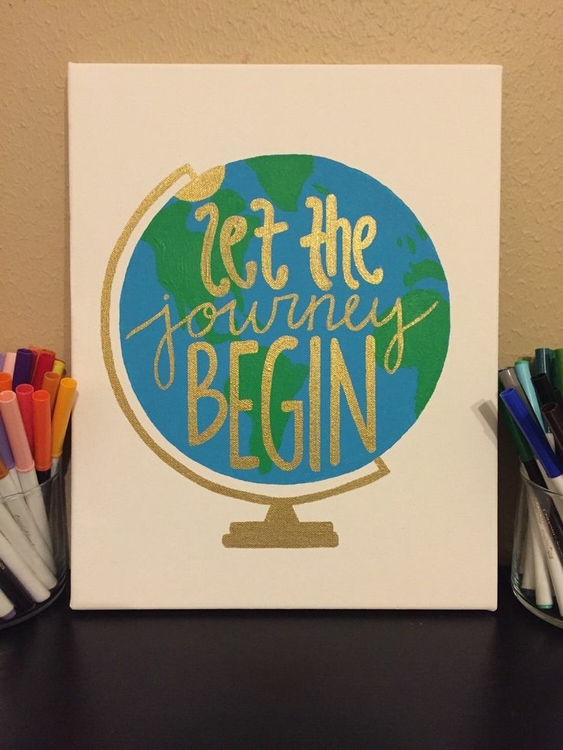Working with a group of around 30 people on one final product was quite challenge, but we did it! The bubble week in Texel was a great experience. I learned a lot about socio-technical systems, pathways, transitions and how to design for this. Everything from the last weeks came together and we took it to a next level. I also learned a lot about presentation techniques and communication, which was very valuable to me. Besides this we had a lot of fun of course!
One topic of last week I would like to address in this column, namely that Texel is regarded as an area to conduct pilots to move towards sustainability and self-sufficiency. One the one hand I think Texel indeed can become a great pilot area; it is an island, the boundaries are the water and already a lot of sustainable/local things are going on like the salty potato, the Jut project, De Verzamel Post, TexelHopper, Texelse Kost, etc. On the other hand I understand that the inhabitants of Texel are not always very enthusiastic about this, they just want to live their own lives without being bothered or limited by these pilots. During a brainstorm we even had the idea to create an island next to Texel, a kind of Texel 2.0, on which the pilots could be conducted, which later could be applied on Texel if successful.
Let’s imagine that Texel is the pilot area to create closed loop systems. They succeed and Texel is 100% self-sufficient. Let’s take the sub-system of food as an example, this means that all food on Texel is locally produced and consumed. This successful pilot now needs to be scaled up and transferred to the mainland and the rest of the world. However, Texel is an island, the boundaries are clear. If this will be transferred to the mainland, we would need to create ‘islands’ as well. These are no physical boundaries like the water, but boundaries for the closed loop systems. Municipalities would need to change their borders in order to have the most effective closed loop system, to have sufficient variety in the food that is needed. As mentioned by Texelse Kost, around 20ha of ground is needed to provide food for 500 people; we could take this as a guideline for the new municipalities or communities. The country borders might need to change as well, we even could go back to many years ago, when there were no borders.
However, it might be the case that for food 20ha is needed for 500 people, but for example for water or waste, this could be more or less to have an effective closed loop system. This is a very complex case. Designing for a 100% self-sufficient Texel was already very complex, up-scaling and transferring it to the mainland would be even more complex. Questions like where the new borders will be and who is going to decide on this need to be answered.
To conclude, the challenge is again: how to get there? This was also our challenge during last week, when we used two pathways to define how to get to a 100% self-sufficient Texel. Looking in my imagination, I think it would be great if we would live in a world in which we have small communities with closed loop systems, and we could easily travel between these communities. We would live happily together without having to worry about the green house gasses, fossil fuels, wars, etc., because these problems would not exist anymore. It is a good feeling that during this course we learned a lot about pathways towards a new situation, so I could actually contribute to create and move towards my imaginary world!
